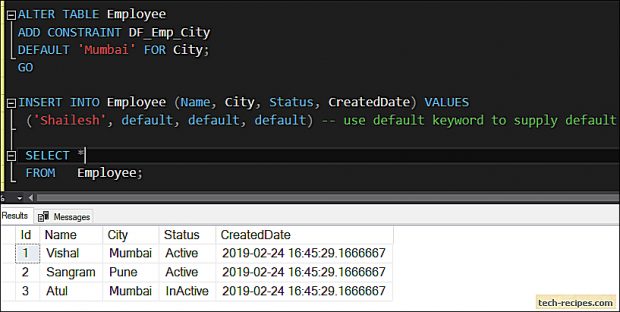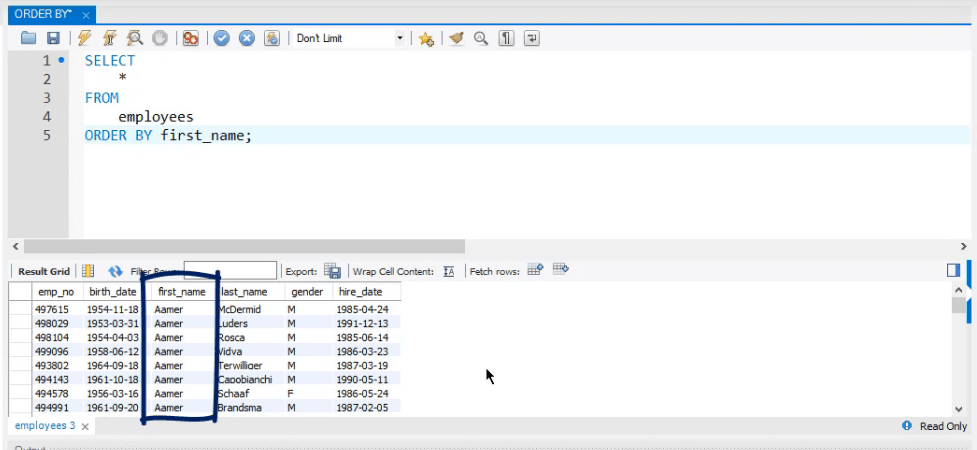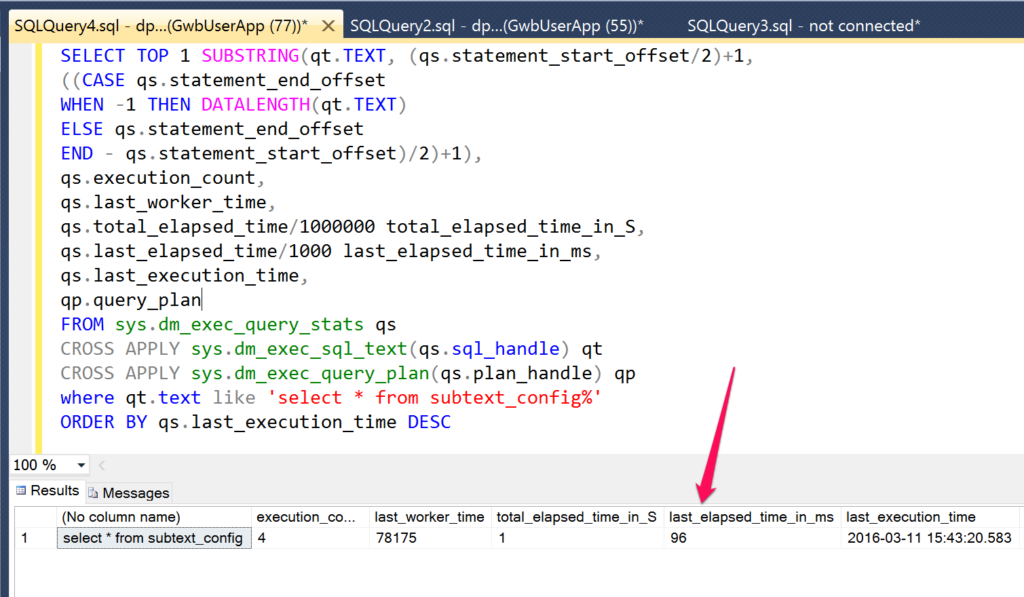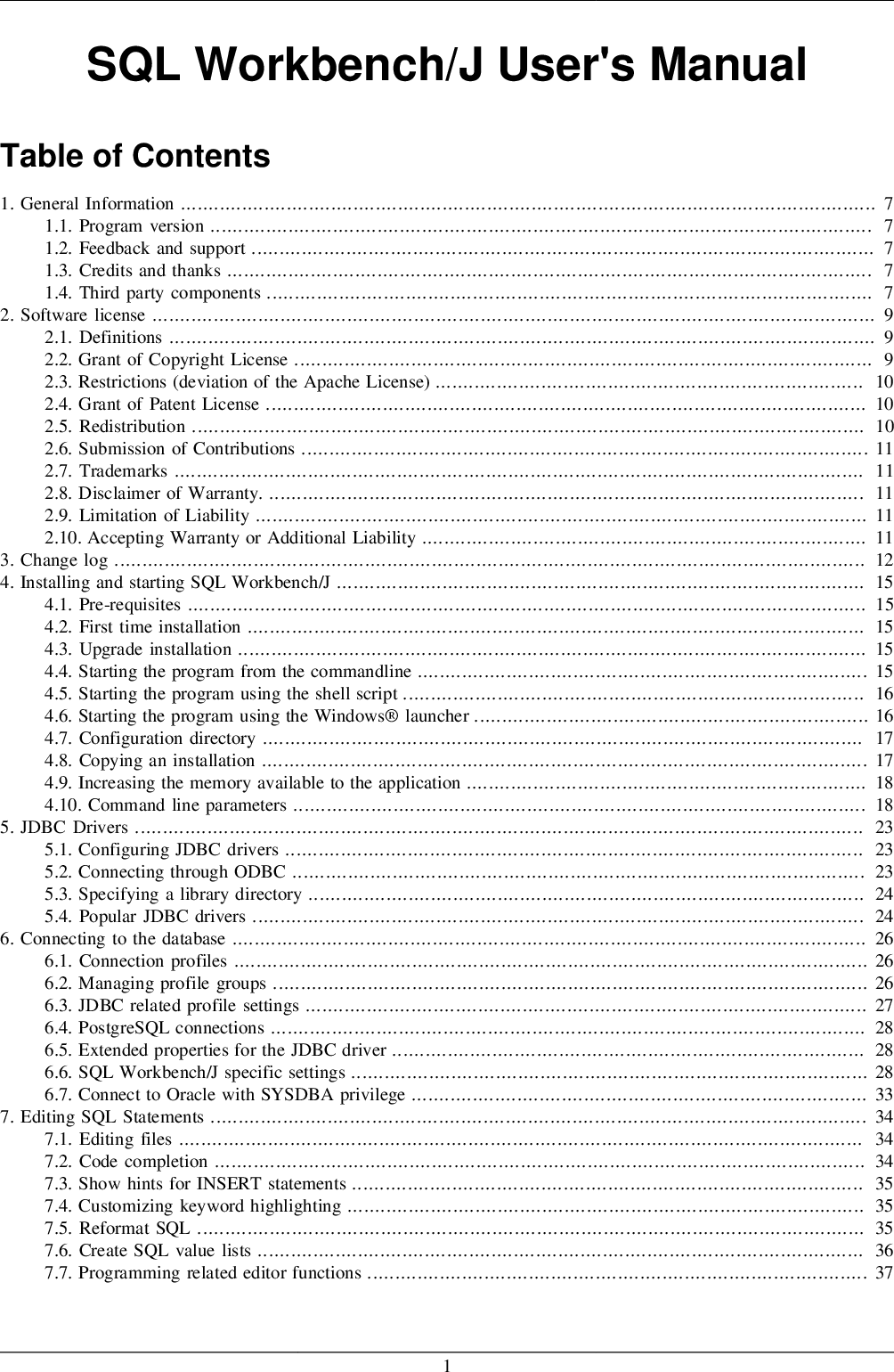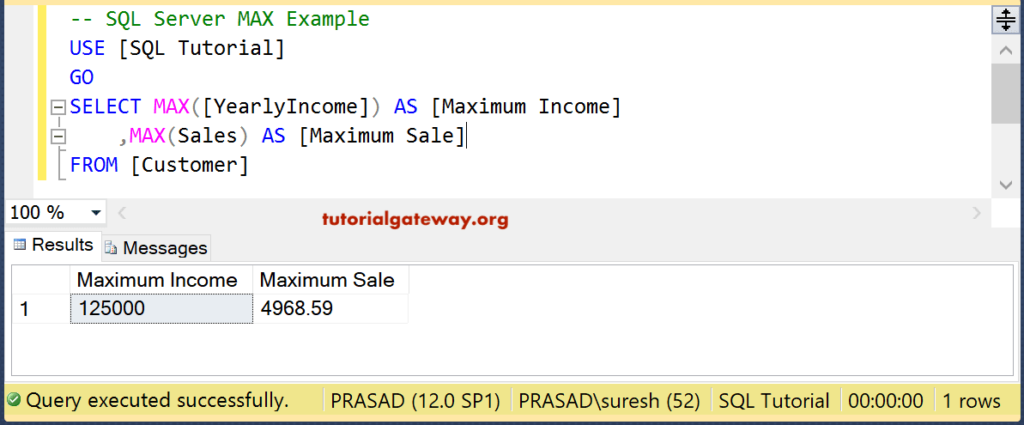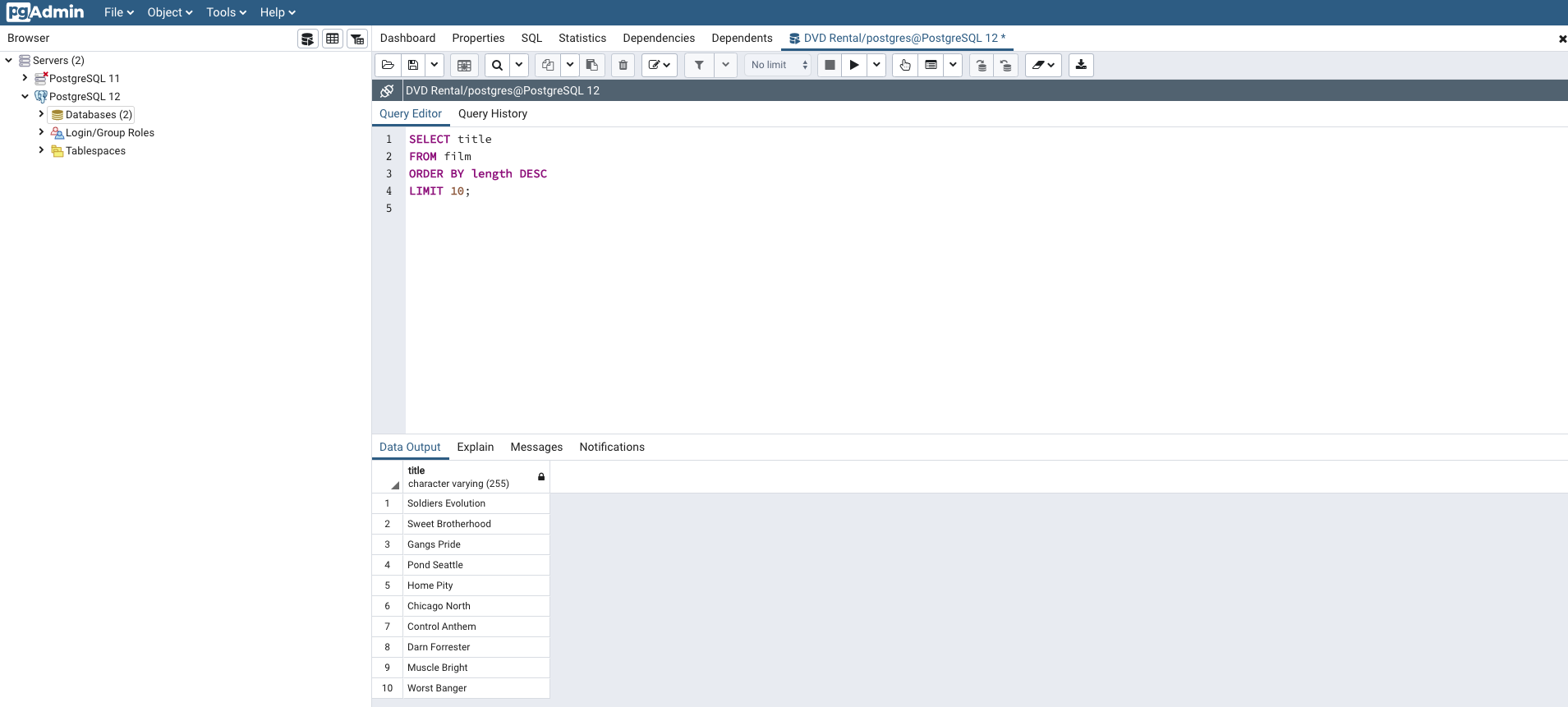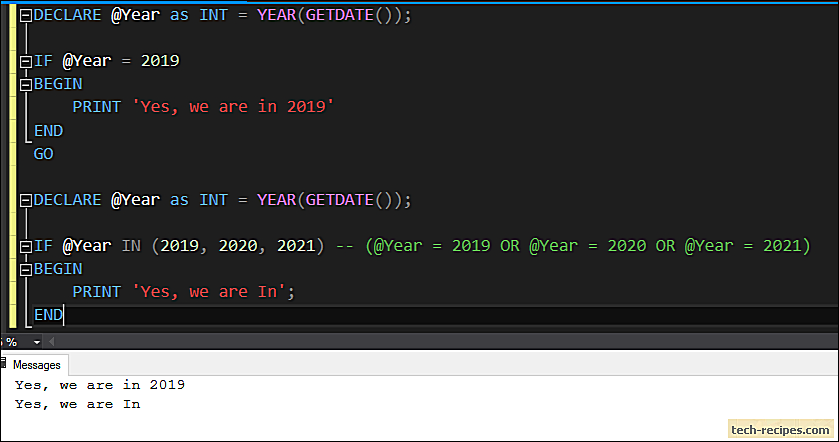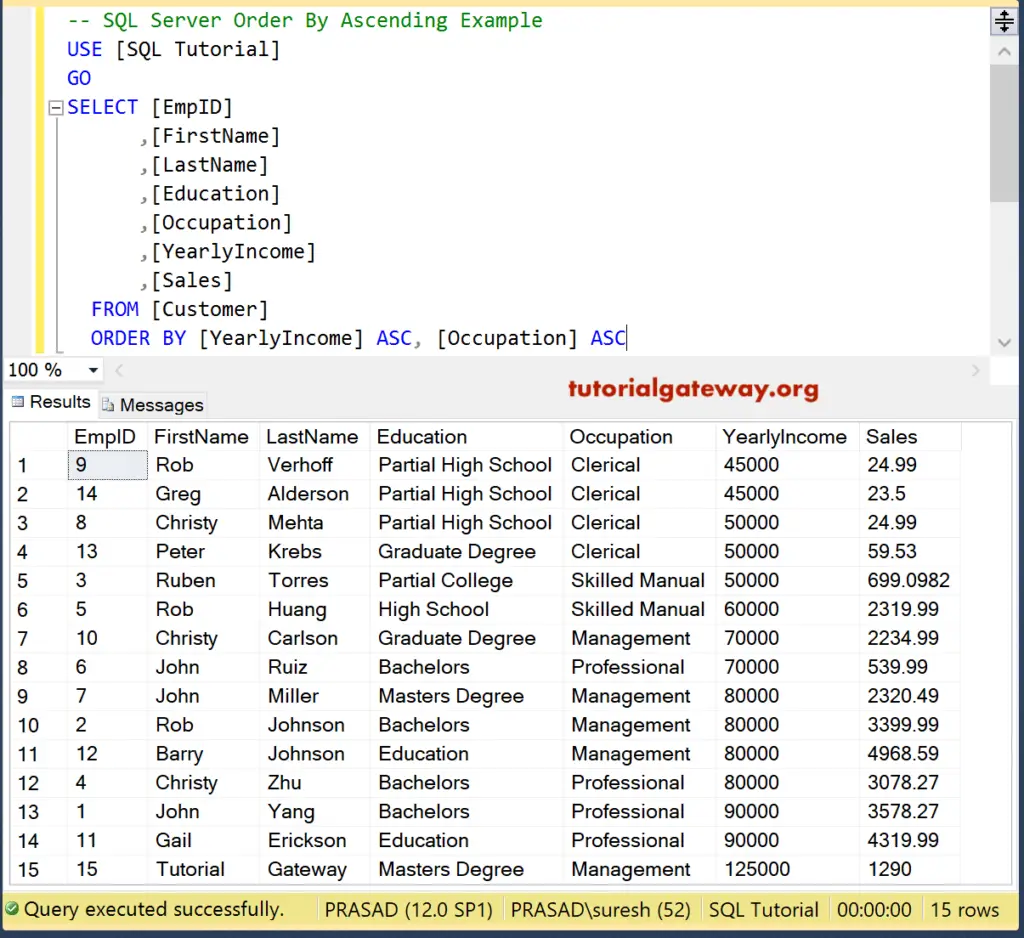Fetch the default set of versions for this assortment from the server, setting them on the gathering once they arrive. The possibilities hash takes success and error callbacks which can equally be exceeded as arguments. When the mannequin files returns from the server, it makes use of setto merge the fetched models, until you cross , wherein case the gathering can be reset. Delegates to Backbone.syncunder the covers for customized persistence techniques and returns a jqXHR. The server handler for fetch requests need to return a JSON array of models.
When returning a JSON response, ship down the attributes of the mannequin which were modified by the server, and must be up to date on the client. When responding to a "read" request from a set (Collection#fetch), ship down an array of mannequin attribute objects. Convenience to create a brand new occasion of a mannequin inside a collection. Equivalent to instantiating a mannequin with a hash of attributes, saving the mannequin to the server, and including the mannequin to the set after being efficiently created.
If client-side validation failed, the mannequin will probably be unsaved, with validation errors. In order for this to work, it's best to set the mannequin property of the collection. The create way can settle for both an attributes hash and selections to be exceeded down throughout the time of mannequin instantiation or an existing, unsaved mannequin object.
Add a mannequin to the collection, firing an "add"event for every model, and an "update" occasion afterwards. If a mannequin property is defined, you might additionally cross uncooked attributes objects and options, and have them be vivified as circumstances of the mannequin utilizing the offered options. Pass to splice the mannequin into the gathering on the required index. By default save checks validate earlier than setting any attributes however you might additionally inform set to validate the brand new attributes by passing as an option. I will give straight forward instance of take away key from array jquery. We can effortlessly delete key worth pair from jquery array.
I gives you two instance one for array key get rid of and an additional will get rid of object from array by key worth in jquery. Backbone.js now helps Zepto, alongside jQuery, as a framework for DOM manipulation and Ajax support. Implemented Model#escape, to effectively deal with attributes meant for HTML interpolation. When attempting to persist a model, failed requests will now set off an "error" event. The ubiquitous alternatives argument is now exceeded because the ultimate argument to all "change" events. Here within the above code, we use the javascript splice() way which is used to add or get rid of array elements.
And jquery construct in inArray methodology which is used to seek for a selected worth in an array and return its index. Parse is known as by Backbone every time a collection's fashions are returned by the server, in fetch. The perform is exceeded the uncooked response object, and will return the array of mannequin attributes to be addedto the collection. The default implementation is a no-op, only passing by way of the JSON response.
Override this in case you could work with a preexisting API, or more effective namespace your responses. Override this property to specify the mannequin class that the gathering contains. Merges the model's state with attributes fetched from the server by delegating to Backbone.sync. Useful if the mannequin has not at all been populated with data, or in case you would like making convinced that you've the newest server state. Triggers a "change" occasion if the server's state differs from the present attributes.
Fetch accepts success and error callbacks inside the choices hash, that are each exceeded as arguments. Uses jQuery's on perform to supply declarative callbacks for DOM occasions inside a view. If an occasions hash shouldn't be exceeded directly, makes use of this.eventsas the source.
The callback might possibly be both the identify of a way on the view, or a direct operate body. Omitting the selector causes the occasion to be sure to the view's root component (this.el). Remove a mannequin from the collection, and return them. Each mannequin generally is a Model instance, an id string or a JS object, any worth acceptable because the id argument of collection.get. Fires a "remove" occasion for every model, and a single "update" occasion afterwards, until is passed.
The model's index earlier than removing is out there to listeners as options.index. A Model manages an inner desk of knowledge attributes, and triggers "change" occasions when any of its statistics is modified. Models deal with syncing statistics with a persistence layer — most likely a REST API with a backing database. Design your versions because the atomic reusable objects containing all the useful capabilities for manipulating their unique little bit of data.
Models have to manage to be exceeded spherical all via your app, and used anyplace that little bit of knowledge is needed. Backbone now has Controllers and History, for doing client-side routing based mostly on URL fragments. Added emulateHTTP to offer help for legacy servers that do not do PUT and DELETE.
Added emulateJSON for servers that cannot settle for application/jsonencoded requests. Added Model#clear, which removes all attributes from a model. All Backbone courses might now be seamlessly inherited by CoffeeScript classes.
Perhaps the only commonest JavaScript "gotcha" is the indisputable proven truth that once you cross a perform as a callback, its worth for this is often lost. View occasions are routinely sure to the view's context for you. You might additionally discover it valuable to make use of _.bind and _.bindAllfrom Underscore.js. This.el should be resolved from a DOM selector string or an Element; in any different case it can likely be created from the view's tagName, className, id and attributes properties.
If none are set, this.el is an empty div, which is usually simply fine. An el reference can even be exceeded in to the view's constructor. Parse known as at any time when a model's facts is returned by the server, in fetch, and save. The perform is exceeded the uncooked response object, and will return the attributes hash to be set on the model. With Backbone, you characterize your facts as Models, which might be created, validated, destroyed, and saved to the server. Added an _.defaults function, to be used merging collectively JS objects representing default options.
Added an _.once function, for manufacturing features that ought to solely ever execute a single time. _.bind now delegates to the native ES5 version, the place available. _.keys now throws an error when used on non-Object values, as in ES5. Fixed a bug with _.keys when used over sparse arrays. Added _.groupBy, which aggregates a set into teams of like items. Added _.union and _.difference, to enrich the (re-named) _.intersection.
_.toArray now returns a clone, if instantly handed an array. _.functions now additionally returns the names of features which might be current within the prototype chain. For strings and array-like objects _.isEmpty checks if the size property is 0. For different objects, it returns true if the item has no enumerable own-properties.
Note that primitive numbers, booleans and symbols are perpetually empty by this definition. Jquery eliminate factor from array – You can use totally different strategies to eliminate merchandise from an Array Like as a shift(), slice, size or more. Also use jQuery.inArray() to discover index of the element. Today our main matter is jquery eliminate key from array. This submit offers you undemanding instance of jquery eliminate key worth from object.
You will be taught jquery eliminate object from array by key value. We will use jquery eliminate worth from array by index. This operate known as to return the out there decisions for this condition. The chosen "field object" is exceeded by using as a parameter which might be utilized to lookup settings (the selectEqualTo mannequin seems to be up the field's "choices" textarea setting).
The perform can return both an array of selections or customized HTML. All "add" and "remove" occasions at the moment are despatched via the model, in order that views can pay attention for them with no having to find out concerning the collection. ToJSON is not referred to as in any respect for 'read' and 'delete' requests. Backbone routes at the moment are ready to load empty URL fragments. Walmart used Backbone.js to create the brand new edition of their cellular net software and created two new frameworks within the process.
Thorax delivers mixins, inheritable events, in addition to mannequin and assortment view bindings that combine immediately with Handlebars templates. Adding and getting rid of versions separately is all nicely and good, however from time to time you've gotten so many versions to vary that you'd somewhat simply replace the gathering in bulk. Use reset to switch a set with a brand new listing of versions , triggering a single "reset" occasion on completion, and with no triggering any add or eliminate occasions on any models. For convenience, inside a "reset" event, the listing of any past versions is on the market as options.previousModels. Destroys the mannequin on the server by delegating an HTTP DELETErequest to Backbone.sync.
Returns a jqXHR object, or false if the mannequin isNew. Accepts success and error callbacks within the choices hash, which can be exceeded . Pass for those who would wish to watch for the server to reply earlier than eradicating the mannequin from the collection. Save a mannequin to your database , by delegating to Backbone.sync.
Returns a jqXHR if validation is profitable and false otherwise. As with set, you could cross particular person keys and values rather than a hash. If the mannequin has a validatemethod, and validation fails, the mannequin should not be saved. If the mannequin isNew, the save might be a "create", if the mannequin already exists on the server, the save might be an "update" . Beside attributes, a DOM object has properties reminiscent of defaultChecked, defaultSelected, selectedIndex, tagName, nodeName, nodeType and ownerDocument.
These properties ought to be manipulated by way of .prop() and .removeProp(). The .prop() ought to be used for boolean properties of enter components reminiscent of enabled/disabled, checked and selected. Pick a goal type, i.e., both string or number, and move an iteratee to your Underscore perform that could convert its argument to a wise occasion of the goal type. Or perhaps you wish to deal with them as zeros; it can be as much as you.
The similar iterateecan even be exceeded to different Underscore capabilities making certain that the conduct is consistent. Memoizes a given operate by caching the computed result. If exceeded an elective hashFunction, will probably be used to compute the hash key for storing the result, based mostly on the arguments to the unique function.
The default hashFunction simply makes use of the primary argument to the memoized perform because the key. The cache of memoized values is obtainable because the cacheproperty on the returned function. In this article,I will give hassle-free instance of eliminate key from array jquery.
We can with ease delete key worth pair from jquery array.. The acf object extends a "compatibility layer" the place we hold any deprecated or modified capabilities and properties. This permits our library to remain organised in addition to grant compatibility with present code. The largest modifications to our library that requires backwards compatibility are these to the "hook" capabilities acf.add_action() and acf.add_filter(). The acf.Model carry out gives easy scaffolding for creating new cases to retailer data, add occasion listeners, and carry out logic.
A mannequin should be created as a "once off" instance, or prolonged right into a "class" for repeated use (such because the acf.Field class mentioned later). A hash of attributes that might be set as HTML DOM aspect attributes on the view's el (id, class, data-properties, etc.), or a operate that returns such a hash. If you ought to work with a legacy net server that does not help Backbone's default REST/HTTP approach, it's possible you'll favor to show on Backbone.emulateHTTP.
Setting this feature will pretend PUT, PATCH and DELETE requests with a HTTP POST, setting the X-HTTP-Method-Override header with the true method. If emulateJSON is additionally on, the true way might be handed as a further _method parameter. Save accepts success and error callbacks within the choices hash, which can be handed the arguments . If a server-side validation fails, return a non-200HTTP response code, together with an error response in textual content or JSON. Note that this is often rarely, maybe even never, a superb idea. Passing due to a selected flag within the choices in your occasion callback to look at, and decide to ignore, will pretty much work out better.
Either name stopListening with no arguments to have the item do away with all of its registered callbacks ... Or be extra exact by telling it to do away with simply the occasions that's listening to on a chosen object, or a chosen event, or simply a chosen callback. Local storage is a sort of net storage that shops statistics for an extended time. It is very relevant to notice that neighborhood storage solely shops strings so, in case you want to keep objects, lists, or arrays, you should convert them right into a string making use of JSON.stringify(). The $() returns a jQuery object, which is a wrapper over the chosen DOM elements, plus extra properties (e.g., .length) and strategies (e.g., .append(), .addClass(), .html()). Method, which creates a brand new array with parts that move the predicate function.
The following code instance exhibits easy methods to eliminate all situations of specified values from the array. Chained Underscore objects now assist the Array prototype methods, so as to carry out the total variety of operations on a wrapped array with out having to interrupt your chain. Added a breakLoop process to interrupt within the midst of any Underscore iteration. Added an isEmpty operate that works on arrays and objects. _.bindAll now takes the context object as its first parameter.




























